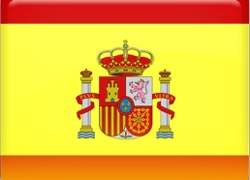Explore the harrowing events that unfolded in Baltimore, Maryland, as a Singapore-flagged freight ship collided with the city's iconic bridge, leading to its sudden collapse. Delve into the heroic rescue efforts, the search for survivors, and the intricate investigation into the causes behind this devastating incident. Witness the community's resilience in the face of tragedy and the profound impact on both lives and livelihoods in the aftermath of the bridge collapse.
Tragedy Strikes Baltimore: The Collapsed Bridge and the Human Response


 বাংলা
বাংলা  Spanish
Spanish  Arabic
Arabic  French
French  Chinese
Chinese 







